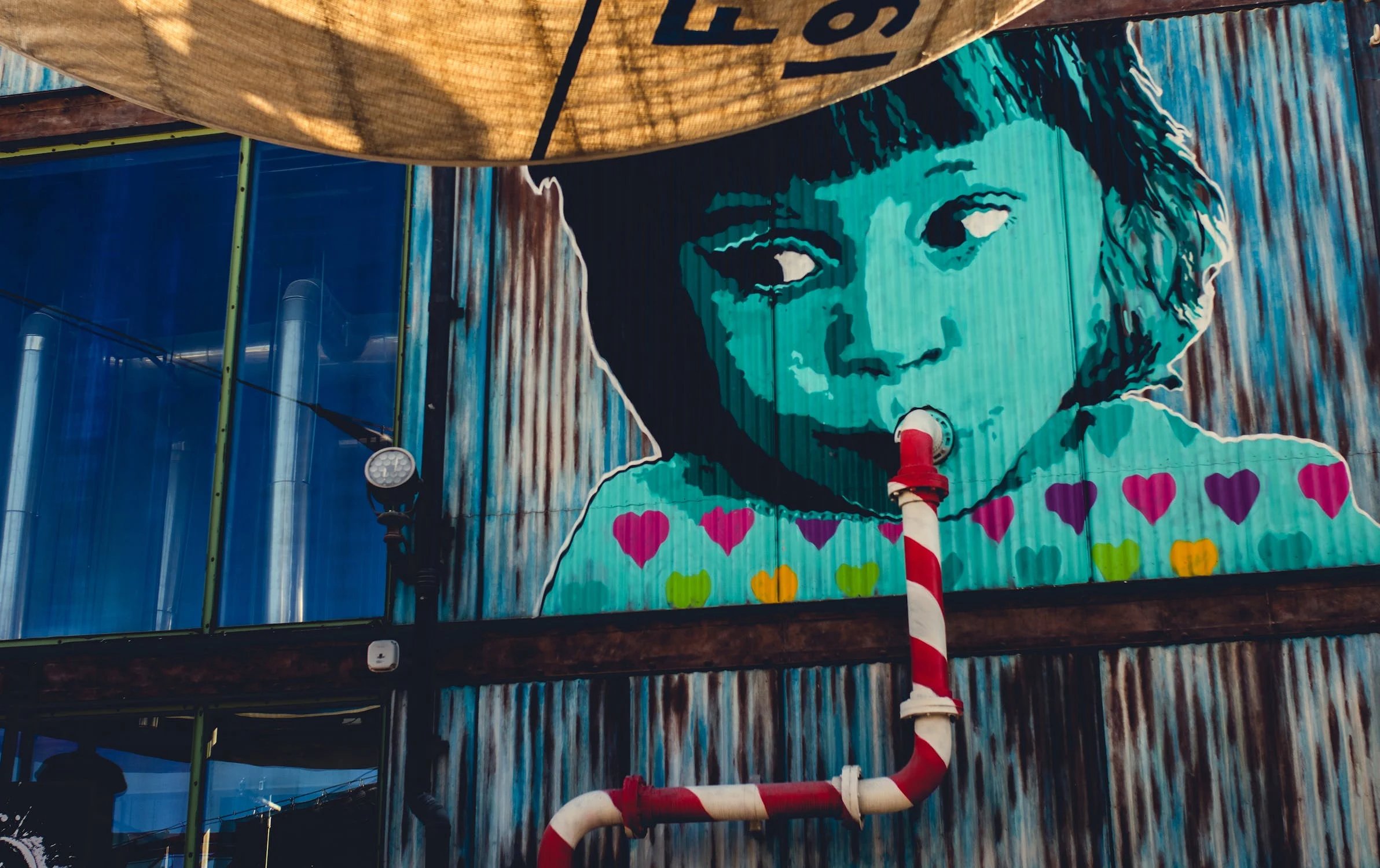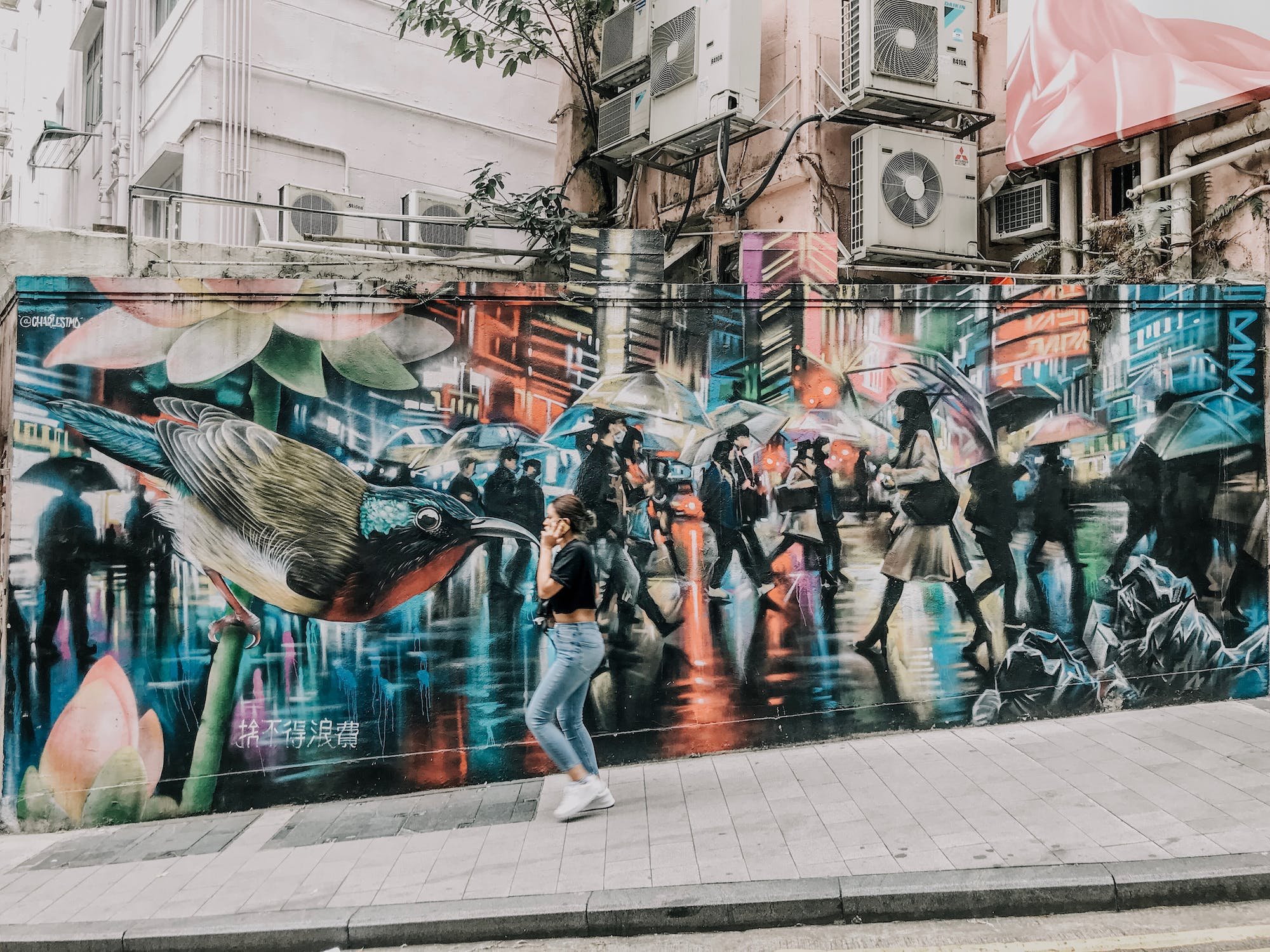Understanding the Legal Landscape of Street Photography
Street Photography is a genre of photography dedicated to capturing human interaction in public spaces. It involves capturing moments that are unplanned and spontaneous, providing a mirror to society's candid moments. Street photography often showcases the raw, authentic, and diverse aspects of human life.
The appeal of street photography lies in its authenticity. It captures life as it happens, unscripted, and untouched. Street photography has garnered much attention in the photographic world, and beyond, for its ability to narrate compelling stories of everyday life. This genre has inspired many photographers, both amateur and professional, for its unique combination of creativity, challenge, and sociocultural exploration.
The Legality Issues Surrounding Street Photography
While street photography allows for a unique exploration of public spaces, it has also sparked debates concerning privacy, legality, and ethics. The crux of the issue revolves around two key considerations: the photographer's right to capture images in public spaces and the subject's right to privacy. In some countries, these discussions have led to strict laws and regulations that limit the practice of street photography.
The Laws and Regulations in Different Countries
Overview of Legal Frameworks Concerning Privacy and Image Rights Worldwide
Laws surrounding privacy and image rights vary greatly worldwide. In some countries, the right to privacy is prioritized, making street photography challenging without explicit consent from the subjects. In contrast, other countries allow photographers to freely capture images in public spaces, with restrictions applying mostly when the photographs are used for commercial purposes.
Understanding these legal frameworks is vital for street photographers to ensure they respect the rights of individuals and avoid legal complications. It's important to note that the laws in this area are often complex and continuously evolving in response to societal changes and advancements in technology.
Explanation of Nuances in Laws and How They Vary From One Country to Another
The nuances in laws can significantly vary from one country to another. Factors such as cultural norms, societal values, historical context, and interpretations of privacy can all play a part in shaping these laws. This makes it all the more important for photographers to familiarize themselves with local regulations before they start clicking.
For example, in countries like France and Hungary, taking photos of individuals without their consent can lead to legal repercussions due to stringent privacy laws. On the other hand, in the US, the First Amendment generally protects street photography, unless it violates expectations of privacy, defames someone, or infringes on intellectual property rights.
Country-by-Country Analysis
Is street photography legal in USA?
Street photography is legal in all 50 states of the United States of America. According to, the legal premise established by the Supreme Court is that there is no reasonable expectation of privacy in a public place, which means that street photographers are free to capture photos of people without consent in public areas, including public parks, sidewalks, and city streets.
Algeria
In Algeria, photographing government buildings, military installations, and police is prohibited. These restrictions stem from security concerns and the protection of sensitive information. Violating these laws can lead to serious legal consequences.
South Korea
South Korea has a more individual-centric approach. Here, photographing people in public without their consent is considered a criminal offense. This law is a reflection of the country's strong emphasis on personal privacy rights, even in public spaces.
United Arab Emirates
In the United Arab Emirates, there's a ban on photographing military areas, palaces, courts, and government buildings. These restrictions are in place primarily for security reasons and to respect cultural norms and privacy.
Vatican City
Vatican City has specific restrictions on photography. The most notable one is that photography is not allowed in the Sistine Chapel. This rule helps to preserve the sacredness of the location and also protects the artworks from potential damage caused by flash photography.
Japan
In Japan, photography is not allowed in some areas, such as military installations and certain museums. The restrictions here serve to maintain public safety, security, and respect for the privacy of individuals.
EU and GPDR
The European Union's (EU) General Data Protection Regulation (GDPR) serves as a benchmark in data protection laws, safeguarding individuals' personal data. Although not explicitly designed to govern street photography, the nuances of GDPR could potentially complicate it. As per Article 3 of the GDPR, an individual's image can be considered anonymous, provided it is devoid of any supplementary data that may identify the person. This anonymity helps maintain a balance between capturing public life and respecting personal privacy. Nonetheless, the application of this rule can vary within the EU. A clear example is France, where the law prohibits capturing images of street vendors without their explicit consent, emphasizing the importance of consent in image capture.
In conclusion, while the spirit of street photography is to capture life as it is, it's essential for photographers to respect local laws, customs, and privacy. Understanding these laws not only helps avoid legal trouble but also fosters a respectful approach towards the art of street photography.
Conclusion
Implications of Such Laws on Street Photographers and Photography in General
These laws significantly impact street photographers and street photography as an art form. They can limit the scope of work, dictate what can be captured, and affect how the resulting images can be used, particularly in commercial contexts. A photograph that might be legally obtained in one country could potentially lead to legal consequences in another, especially when used for advertising or trade purposes.
Emphasis on the Importance of Being Aware of Local Laws When Engaging in Street Photography
For street photographers, understanding and respecting these laws is crucial. Being aware of the local laws not only helps photographers avoid legal complications, but it also fosters a sense of respect towards the communities they photograph. More than just a preventative measure, it's part of being a responsible and ethical photographer.
In conclusion, while the restrictions on street photography may seem stringent in some countries, they underscore the need for a balanced approach between the freedom to capture public life and respect for individual privacy and societal norms. As street photography continues to be a popular genre, the conversations and legal considerations surrounding it are likely to evolve. It's incumbent upon every photographer to stay updated and adapt to these changes, as they navigate the exciting and unpredictable world of street photography.



